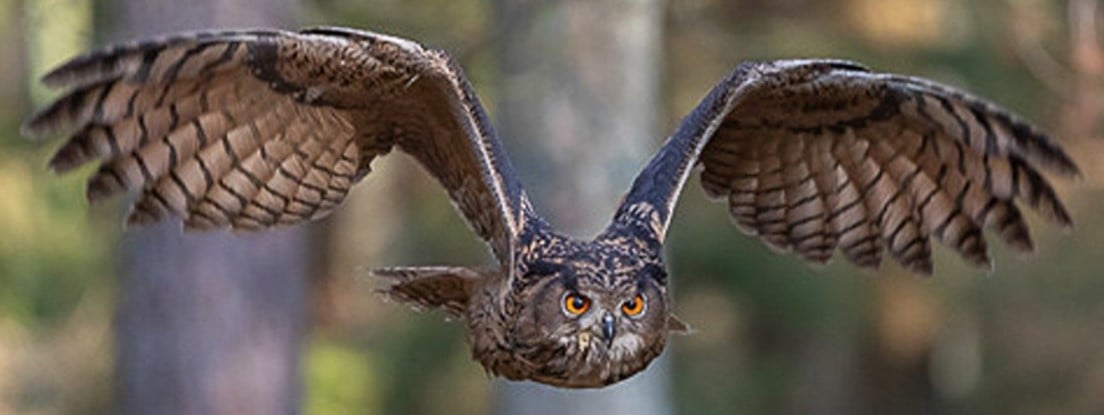Superbowl
For owls that are superb.
Also visit our twinned community for wholesome content:
https://lemmy.world/c/wholesome@reddthat.com

US Wild Animal Rescue Database: Animal Help Now
International Wildlife Rescues: RescueShelter.com
Australia Rescue Help: WIRES
Germany-Austria-Switzerland-Italy Wild Bird Rescue: wildvogelhilfe.org
If you find an injured owl:
Note your exact location so the owl can be released back where it came from. Contact a licensed wildlife rehabilitation specialist to get correct advice and immediate assistance.
Minimize stress for the owl. If you can catch it, toss a towel or sweater over it and get it in a cardboard box or pet carrier. It should have room to be comfortable but not so much it can panic and injure itself. If you can’t catch it, keep people and animals away until help can come.
Do not give food or water! If you feed them the wrong thing or give them water improperly, you can accidentally kill them. It can also cause problems if they require anesthesia once help arrives, complicating procedures and costing valuable time.
If it is a baby owl, and it looks safe and uninjured, leave it be. Time on the ground is part of their growing up. They can fly to some extent and climb trees. If animals or people are nearby, put it up on a branch so it’s safe. If it’s injured, follow the above advice.
For more detailed help, see the OwlPages Rescue page.
view the rest of the comments

The barn owls are everywhere, and there's more types than the mostly white ones you are probably thinking of. This guy does have a lot of looks in common with the bay owls, but those are pretty far from central Africa, so I was surprised there was such a large gap with no bay owls. I found a great article on this guy since I made this post that I'll share this week that covers its genealogy.
The family Tytonidae is split into 2 genus groups, Tyto (barn owls) and Phodilus (bay owls). Spoiler alert - this owl was named when people thought it was a Phodilus, but recent studies now classify it as a Tyto. You're ahead of the curve, grouping it with the barn owls!
Here's the two actual bay owls:
Oriental Bay Owl
Sri Lanka Bay Owl